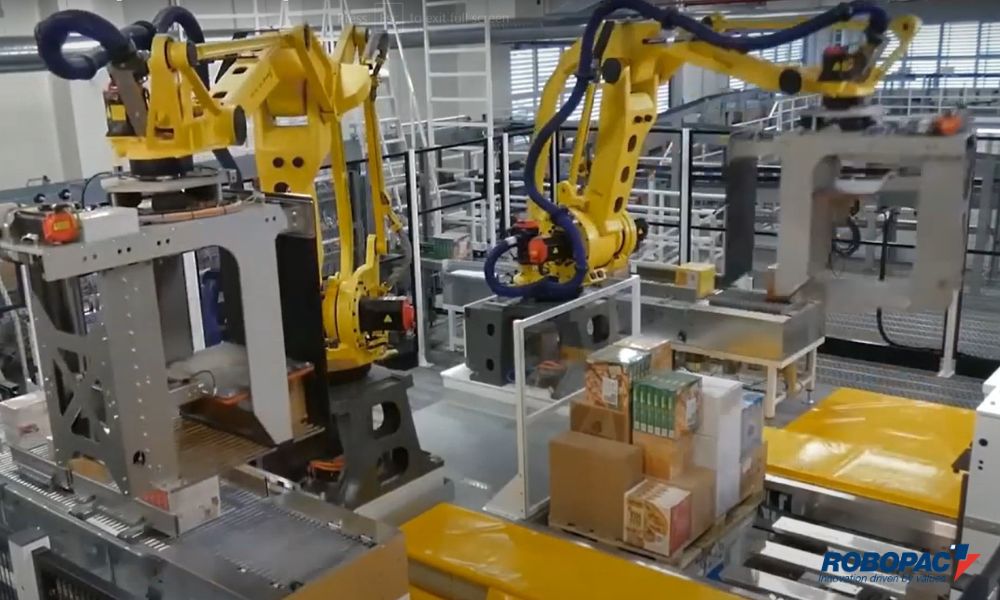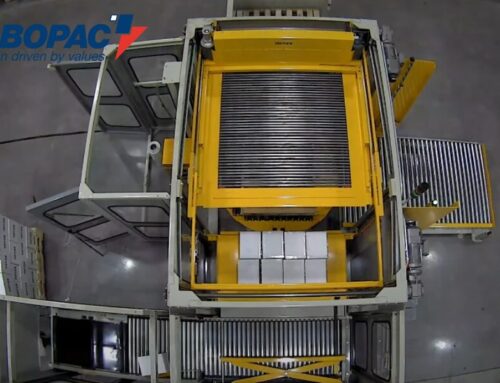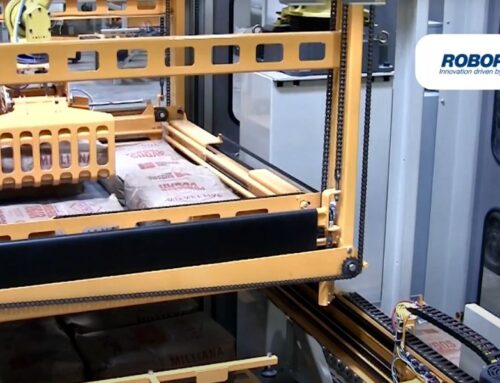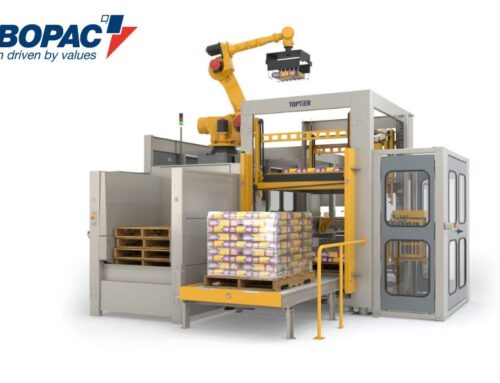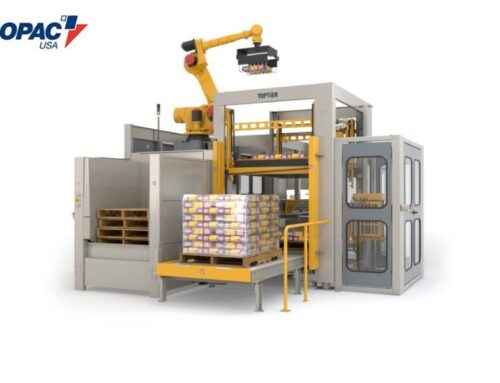When you implement new equipment solutions in your warehouse, you need to rethink how you assign responsibilities to employees. Switching from manual palletizing to automated palletizing equipment frees up employees to focus on other tasks, but you still need workers who can operate, monitor, and maintain your new equipment. Learn more about the role of a palletizer operator and why it’s important for your workflow with this overview.
Monitor and Enable Machine Operation
The purpose of a palletizer operator is to oversee the palletizing stage of your workflow. Even with a machine doing the work of moving and stacking products, you need to have an employee present to stop and start production, monitor quality, and control or adjust machine settings. Palletizer operators might be simultaneously working on other tasks nearby, but they should be able to monitor the condition and operation of the palletizer machine at all times.
Assist With Quality Control
Another important role of the palletizer operator is to help with quality control during the palletizing stage. Through measures like visual pallet inspections and machine performance monitoring, the operator can ensure products continue to move smoothly through the palletizing stage. This also catches issues like defective products, machine jams, or other mistakes before they can turn into major issues that hold up your workflow.
Monitor and Adhere to Safety Requirements
Safety and compliance measures ensure successful operations and a responsible, productive workplace. Palletizer operators know the ins and outs of industry regulations to ensure that machines are performing safely and that every product load meets your company’s standards of safety and quality. These employees can also establish and maintain a strong safety culture by holding themselves and their colleagues responsible for adhering to relevant safety measures on the warehouse floor.
Perform Machine Changeovers
Palletizing machines can run independently the vast majority of the time, but when you do need an employee to make adjustments, your palletizer operator is there. Whether they’re adjusting settings, resupplying materials, or performing minor troubleshooting or repairs, your operator keeps your palletizer running the way it’s supposed to. This minimizes bottlenecks and keeps your entire workflow running smoothly.
Are you looking for ways to optimize your secondary packaging workflow? Robopac USA is here to help. Learn more about our palletizer machines, and let us help you through a smooth and seamless implementation process so that you can start reaping the benefits of automated packaging today.

